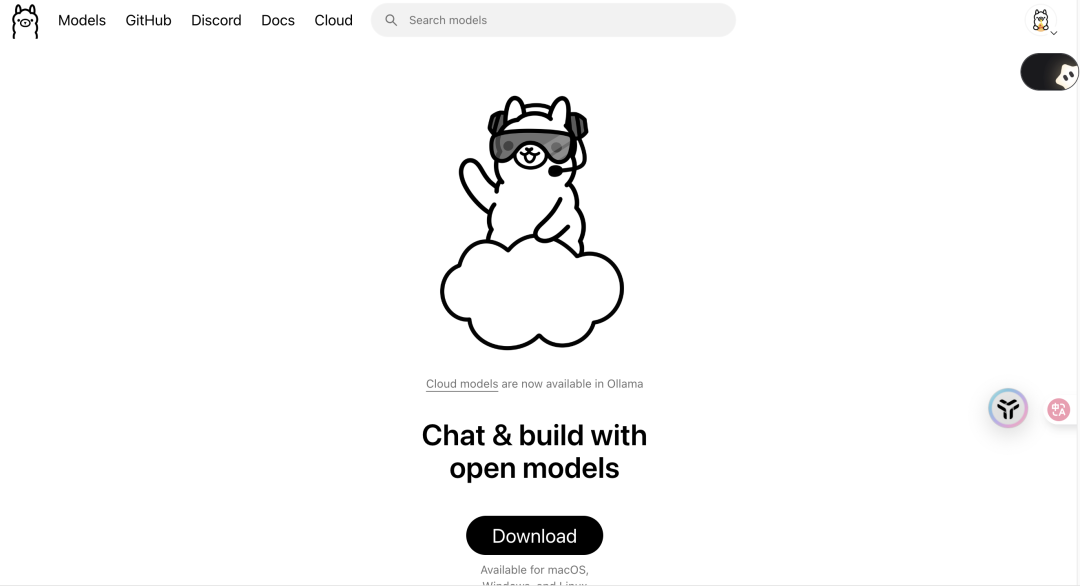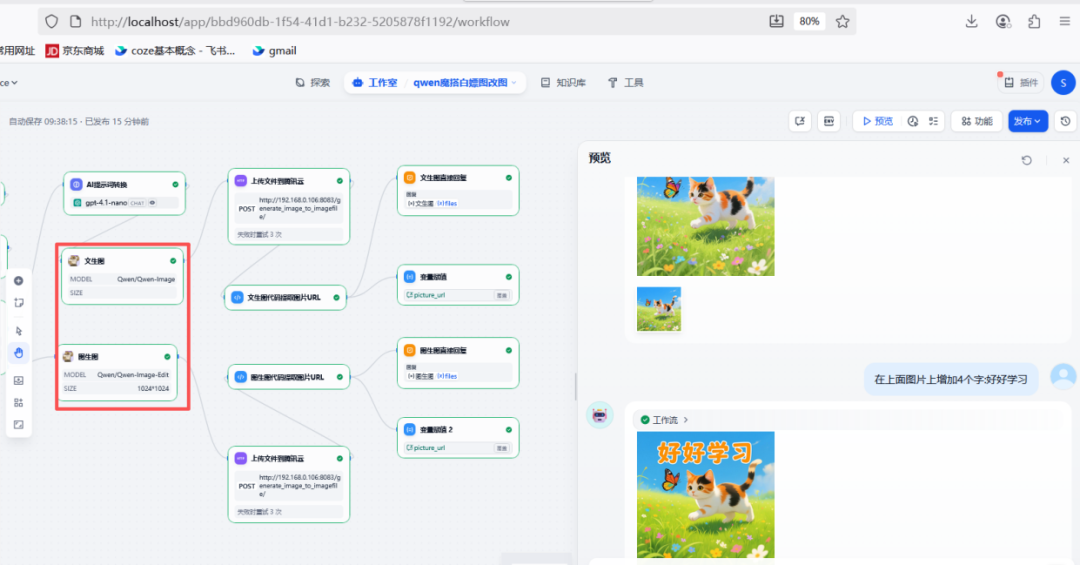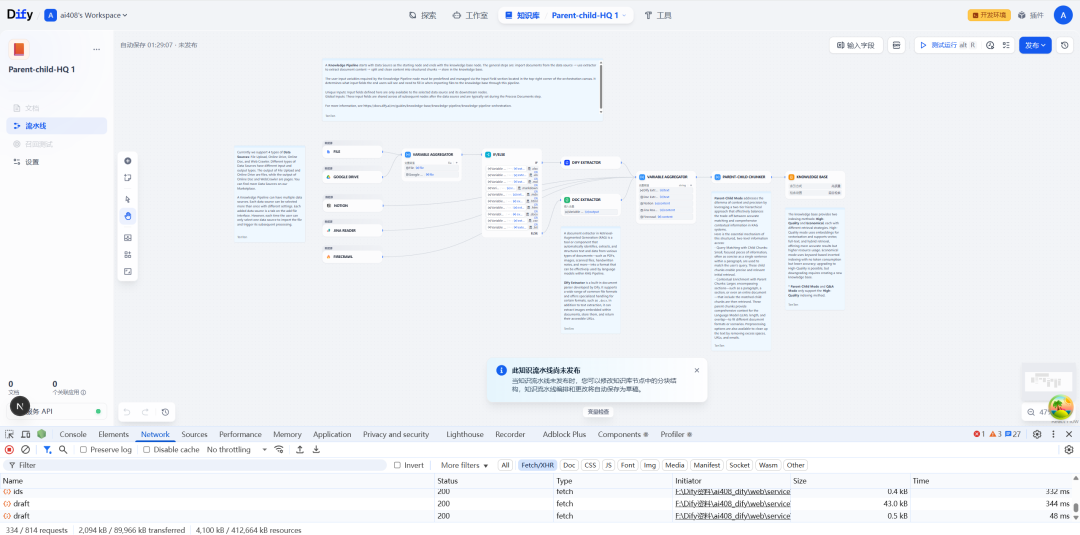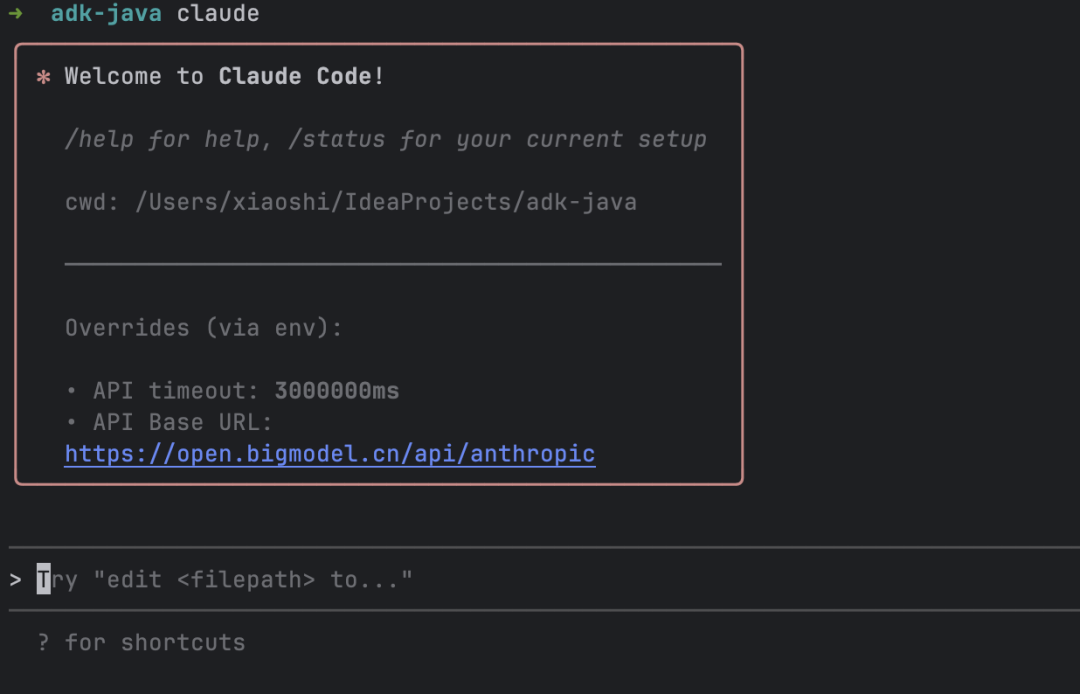The analysis_claude_code project provides a full range of technical references and practical resources for developers building Claude Code-like AI systems:
- Architecture Design Reference: Includes complete system architecture diagrams and layered design descriptions, especially multi-agent collaborative architectures and security validation chains.
- Open Source Reconstruction Guide: Provide a detailed implementation roadmap in five phases (project initialization → core engine → feature development → integration → testing)
- Code templates and interface definitions: TypeScript framework templates and core component interface definitions that can be used directly as a project starting point
- Tool implementation framework: A detailed analysis of the '6-phase execution pipeline' design (tool discovery → parameter validation → permission checking → concurrent execution → result recycling), which can be directly borrowed from the
- Memory Management Policy: Includes intelligent compression algorithms and dynamic context window adjustment techniques to optimize large model Token consumption
- Special Scenario Solutions: Implementation solutions for typical problems such as real-time message processing (h2A queue), long-term memory storage (CLAUDE.md), etc.
These resources can significantly lower the technical barriers to developing similar systems and help developers avoid common design pitfalls.
This answer comes from the articleanalysis_claude_code: a library for reverse engineering Claude Code.The





























